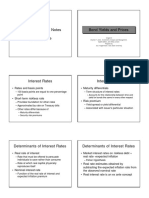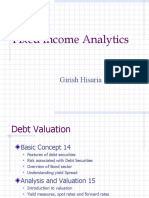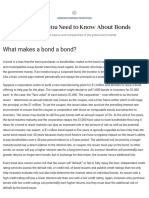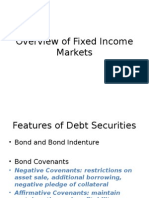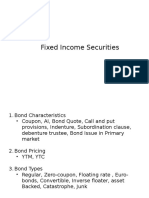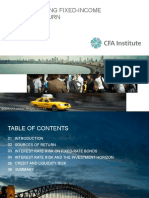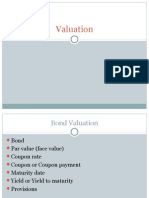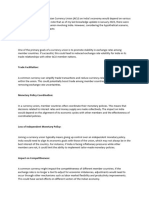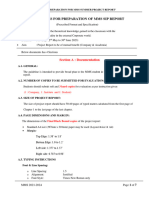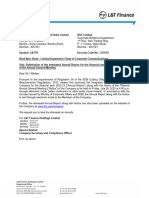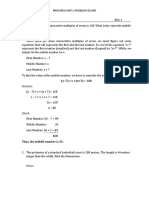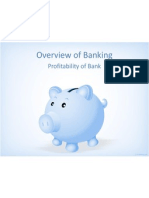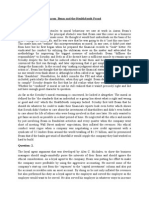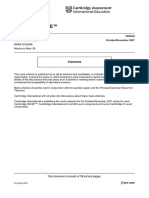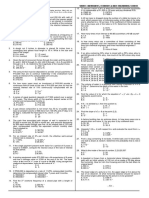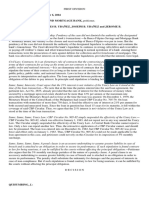0% found this document useful (0 votes)
73 views26 pagesFixed Income Valuation (SAPM)
The document provides an overview of fixed income securities including their basic features, characteristics, types, and how their prices are determined based on market interest rates. It discusses factors that affect risk for fixed income investments and how duration and convexity measure interest rate risk. Contingent provisions for callable, putable and convertible bonds are also covered.
Uploaded by
sairaj bhatkarCopyright
© © All Rights Reserved
We take content rights seriously. If you suspect this is your content, claim it here.
Available Formats
Download as PDF, TXT or read online on Scribd
0% found this document useful (0 votes)
73 views26 pagesFixed Income Valuation (SAPM)
The document provides an overview of fixed income securities including their basic features, characteristics, types, and how their prices are determined based on market interest rates. It discusses factors that affect risk for fixed income investments and how duration and convexity measure interest rate risk. Contingent provisions for callable, putable and convertible bonds are also covered.
Uploaded by
sairaj bhatkarCopyright
© © All Rights Reserved
We take content rights seriously. If you suspect this is your content, claim it here.
Available Formats
Download as PDF, TXT or read online on Scribd
/ 26

























